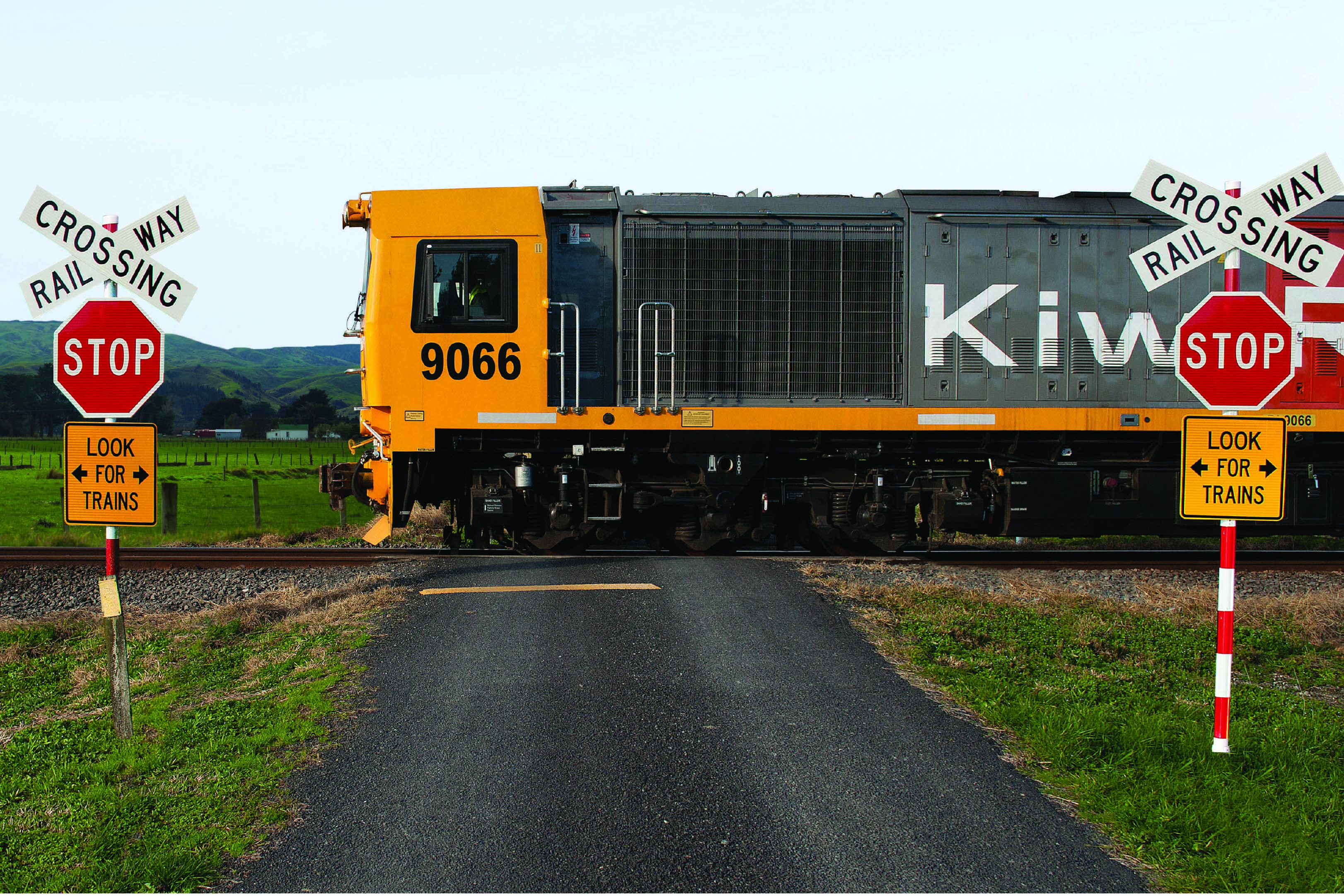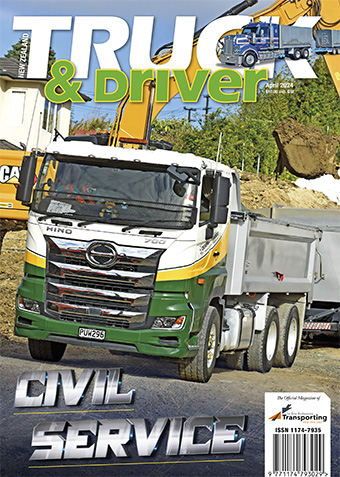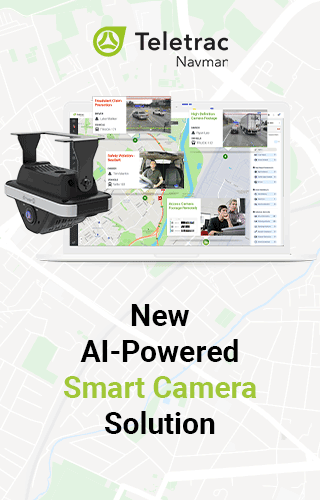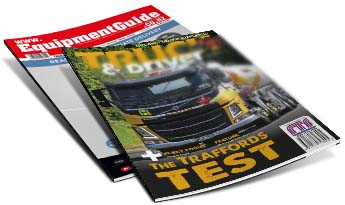Ia Ara Aotearoa Transporting New Zealand News


Improvement in level-crossing safety
Figures released by KiwiRail show that 2019 had the lowest number of collisions between vehicles and trains on record.
Last year, there were 12 collisions between vehicles and trains – just two of them involving heavy vehicles. This was down from 25 collisions in 2018, three of which involved heavy vehicles.
"We really want to commend New Zealand motorists and truck drivers on this outcome," says TrackSAFE NZ manager Megan Drayton.
"While obviously one collision is one too many, it's encouraging to see the number of collisions come down to such a low level at a time when traffic on both the road and rail networks continues to increase.
"People seem to be realising that trains always have legal right of way, they travel extremely fast, and they cannot stop in a hurry. It's fantastic to see that most people are acting safely and legally at level-crossings, and are fully aware of the risks of crossing the rail network."
...Figures released by KiwiRail show that 2019 had the lowest number of collisions between vehicles and trains on record.
Last year, there were 12 collisions between vehicles and trains – just two of them involving heavy vehicles. This was down from 25 collisions in 2018, three of which involved heavy vehicles.
"We really want to commend New Zealand motorists and truck drivers on this outcome," says TrackSAFE NZ manager Megan Drayton.
"While obviously one collision is one too many, it's encouraging to see the number of collisions come down to such a low level at a time when traffic on both the road and rail networks continues to increase.
"People seem to be realising that trains always have legal right of way, they travel extremely fast, and they cannot stop in a hurry. It's fantastic to see that most people are acting safely and legally at level-crossings, and are fully aware of the risks of crossing the rail network."
The decline in crossing collisions comes on the back of a number of programmes undertaken over the past 10 years to reduce level crossing incidents.
KiwiRail, Waka Kotahi NZ Transport Agency and local councils have worked together to upgrade level crossings by providing better visibility and signage as well as infrastructure improvements, such as changing road alignments and installing flashing lights, bells and half-arm barriers.
Says Drayton: "The work by KiwiRail, Waka Kotahi NZTA and local councils to upgrade crossings around NZ are starting to have benefits. We also hope that our collective ongoing safety campaigns are helping to create awareness around level crossing dangers.
"While trucks were only involved in two level crossing collisions last year, we cannot rest on our laurels," she adds.
"Trucks, especially combination vehicles, are long and we know that there are hundreds of level crossings around NZ that are of high risk to longer vehicles."
Many level crossings don't have barrier arms, bells or lights, while around 350 have short stacking distances (resulting in part of a vehicle risking being stopped on the tracks due to an adjacent intersection).
TrackSAFE partnered with the Road Transport Forum to design a research project in 2018 that focused on the safety of level-crossings from the perspective of truck drivers.
The research showed that truck drivers often developed their own strategies to try to make level-crossings safer, including using spotters, taking alternative routes and stopping, looking and listening for trains. However, poor visibility and instances of short-stacking were still significant issues.
"The findings from the research are helping to inform level-crossing safety campaigns and assist with infrastructure improvements to remove some of the instances of short stacking and poor visibility," says Drayton.
"Collisions between trains and trucks might be relatively infrequent but they can have a horrific result for those involved, due to the size, mass and speed of the vehicles involved. It is critical that truck drivers maintain vigilance around level crossings and continue to pay careful attention to their surrounds."




 + EQUIPMENT GUIDE - FREE
+ EQUIPMENT GUIDE - FREE
